Going to the ice lands
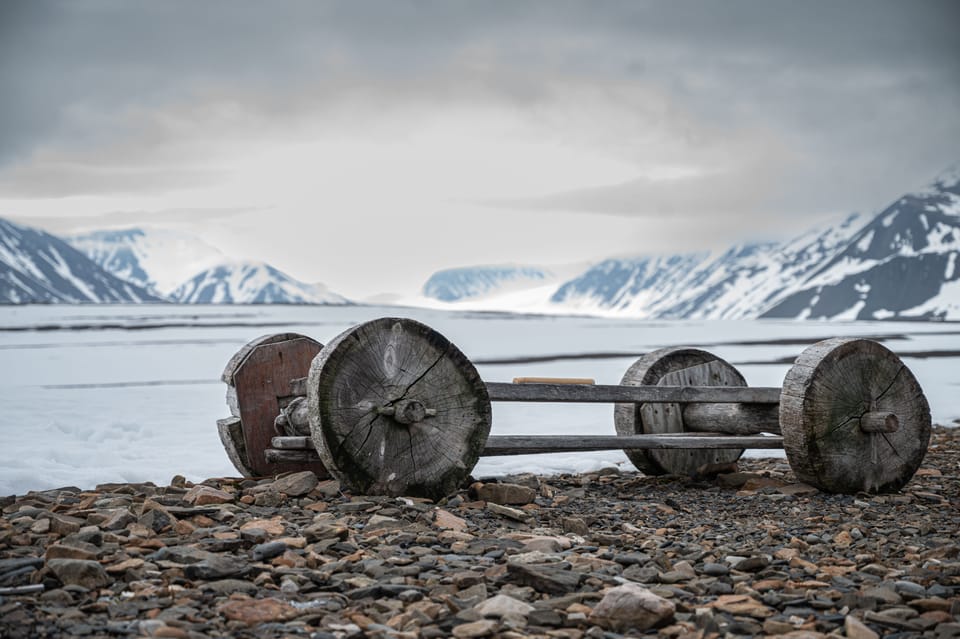
Letter No. 71: You may need a parka.
I no longer recall when we reached the decision. We probably just drifted into it, one of those barely enunciated agreements between people who have been together for a long time. The decision was to dedicate future big trips—big to us, jaunts that go for 10 days or more and require commitment of significant personal resources—to ice. To visit cold and sparsely inhabited places, to venture north from Baltimore toward the higher latitudes to witness ice before it vanishes. To witness ice creatures before they vanish.
First came Churchill, Manitoba, on the southern edge of Hudson Bay, to observe the polar bears that hungrily congregate waiting for the bay to harden into the ice that permits hunting seals. Then Svalbard, part of Arctic Norway. Last year was South Alaska, and later this year we plan voyages to East Greenland and Antarctica (not the North, but an opportunity arose to grab discounted fares on a trip that flies over the Drake Passage and its seasick-inducing turbulent water). After that, hard to say. The shortlist includes West Greenland, Iceland, maybe the Lofoten Islands, or Tromsø, or Finland if the Finns are not fighting off Putin by then.
We now go to cold places. To what pre-Renaissance maps called frigore inhabitabilis. To ice lands.
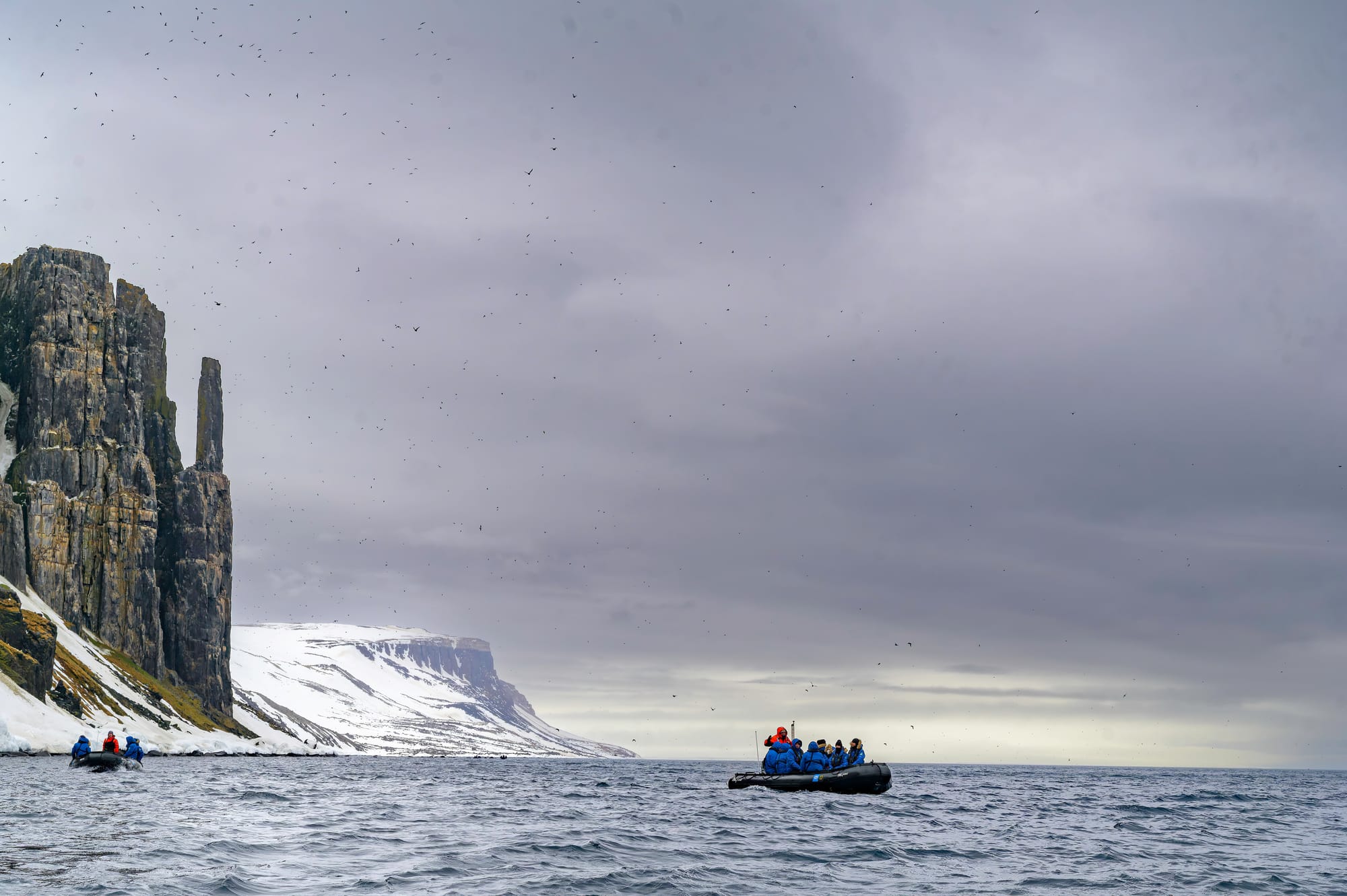
Rockwell Kent:
I crave snow-topped mountains, dreary wastes, and the cruel Northern sea with its hard horizons at the edge of the world where infinite space begins. Here skies are clearer and deeper and, for the greater wonders they reveal, a thousand times more eloquent of the eternal mystery than those of softer lands.
I avoid—uncrave? discrave?—equatorial heat, the potent sun of lower latitudes, blanketing humidity, and clotted spaces with no horizon. My hell on earth would be a month stranded in a tropical rain forest. As long as I remember I have been drawn to austere open landscapes. I was diagnosed as dysthymic more than 25 years ago, so perhaps it all aligns.
Rockwell Kent lived in Alaska, Newfoundland, Tierra del Fuego, and Greenland. His first trip to Greenland was on a 33-foot sailboat that snagged and broke on the rocks of a fjord. Kent saved his paints, brushes, and some canvas. A true artist. Cast away for two months, he made the most of the time, painting on anything he could find, including burlap and bedsheets. Gretel Ehrlich described him: “He was a man at war with his own loneliness; he thrived on remote landscapes but couldn’t stand to be alone.” In Greenland, he had Inuit girlfriends. His American marriages tended not to endure.
Of the ice land before him, Kent wrote, “Blue sky, white world, and the golden light of the sun to tune the whiteness to sun-illumined blue.”

Continental glaciers are so heavy they depress the earth’s crust. This is called isostasy or isostatic depression. Barry Lopez, writing in Arctic Dreams, noted that the center of Greenland’s landmass is 1,180 feet below sea level, concaved by the 11,000 feet of ice atop it. In July 2022, Guy J.G. Paxman, Jacqueline Austermann, and Andrew Hollyday published a paper titled “Total isostatic response to the complete unloading of the Greenland and Antarctic Ice Sheets.” In this paper they estimated that were the Greenland and Antarctic ice to disappear, the land would rebound, respectively, 783 and 936 meters. Boing.
Yet regardless of its mass, ice floats. Ice islands as big as 300 square miles calve from Canada’s Ellesmere Island and drift for years. As massive as continental ice shelves are, they still move up and down with the tides. This heaving can be measured by satellites.
Every year, icebergs shear from the Greenland ice sheet (if it’s more than 50,000 square kilometers in area, it’s an ice sheet, not an ice cap) and float out to sea between Greenland and Baffin Island. The Labrador Current propels them south and east until they silently stalk the coast of Newfoundland. Ice harvesters mine them and sell the ice to various customers, including distillers and local bars.
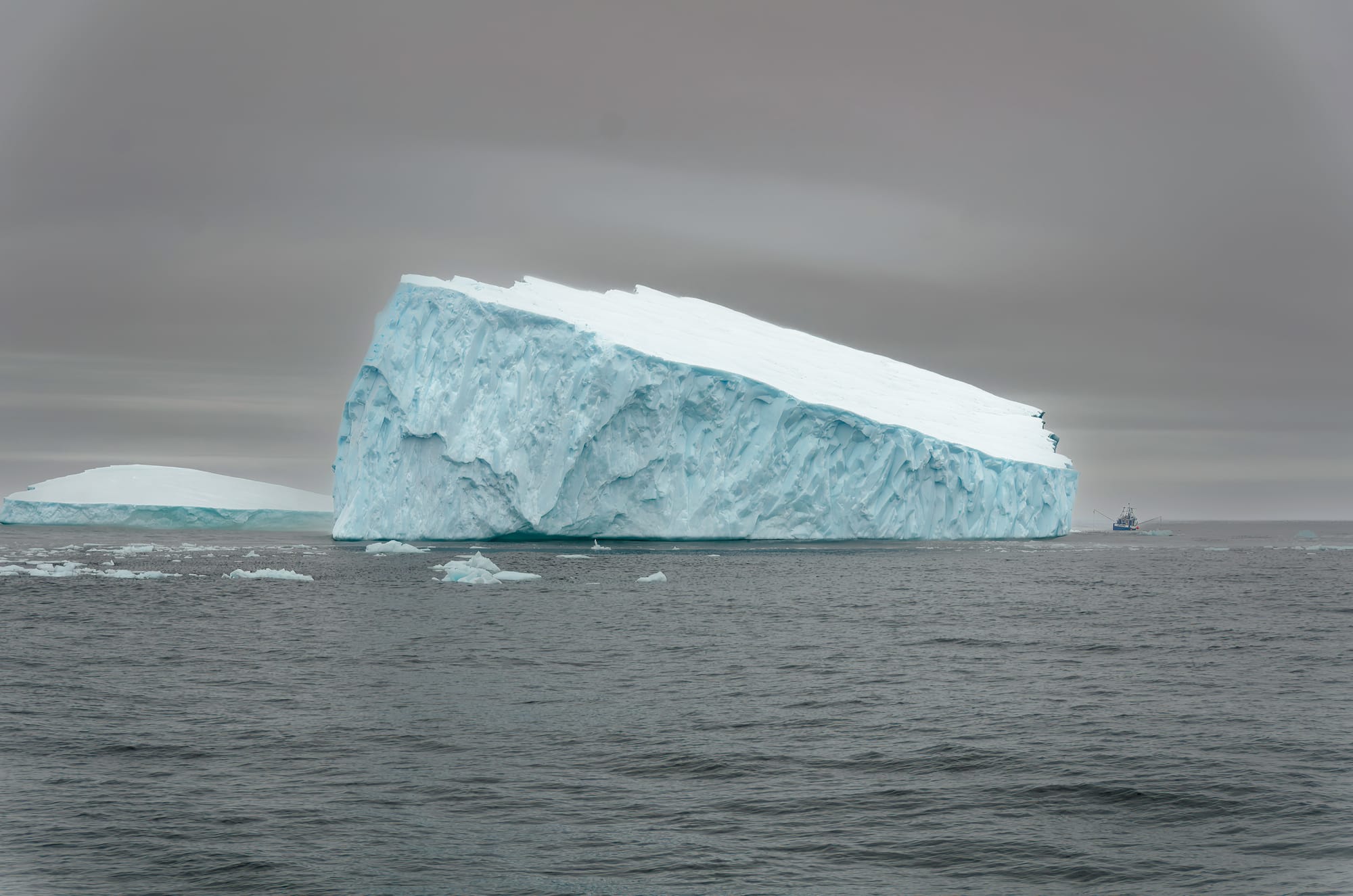
Icebergs are magnificent. Immense, silent, deep, white from afar and dirty up close, light artists that create every blue hue known to our eyes and camera sensors. They contain snow that fell when Cleopatra first gave Mark Antony a come-hither look. Before language. Before colors had names.
They are alive. Birds and polar bears ride them. The massive ones that break off of Antarctica sometimes have enough soil on their tops for grass to sprout. Picture that.
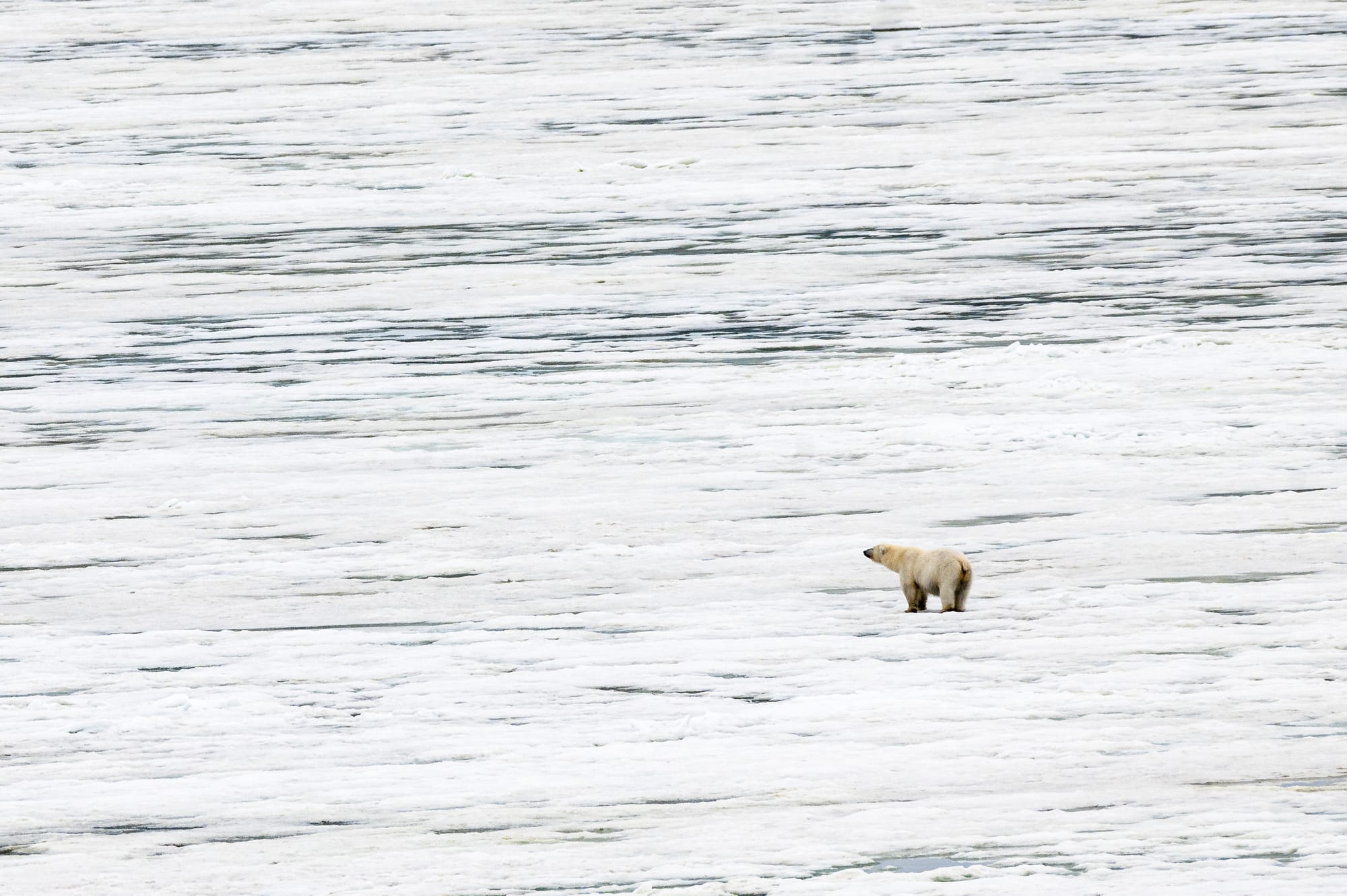
Extraordinary painters like Rockwell Kent have done their best to make us feel Arctic light, but for once photographers have the advantage. Film and especially digital sensors seem to have unique abilities to capture ice light.
Ice lands teach the aesthetics of drama. Gleaming ice against threatening sky. Rock savaged by extreme weather. The massive scale of an iceberg against the knowledge that most of it waits underwater for the keel of your boat. (Lopez wrote: “I looked out at the icebergs. They were so beautiful they also made you afraid.”) No one imagines serene, relaxing shades of blue as dramatic until they’ve floated amidst glacial ice. And then there’s the power of water in all its forms. The silent menace of a polar bear. The hulking wildness of a walrus. The overwhelming empty vastness of the land and the ice.
A portion of that drama comes from the popular history lodged in all our memories. Impossible to look at an icy landscape and not think of the egomaniacs and lunatics who wasted dozens of lives in pursuit of meaningless firsts. Why people like Peary and Amundsen, however brave and tough, were embraced as heroes mystifies me. I think they were nuts—durable and obsessive and courageous and utterly nuts. In Terra Incognita, Sara Wheeler says of Antarctica “the continent was little more than a testing ground for men with frozen beards to see how dead they could get.”
Exactly.
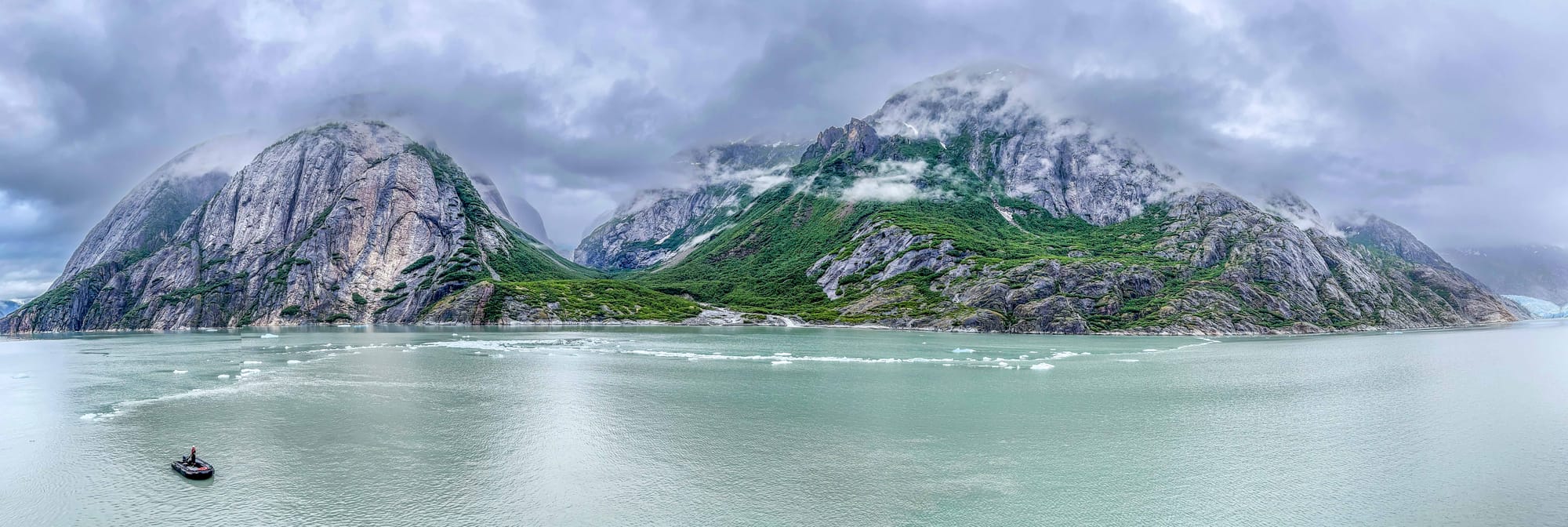
Some days in the north take your breath away with the visually resounding scene created by pure light, still air, silence, rock, ice, and glassine water. Days when you can come to stillness before a mass of ice that bends light to your eye’s delight. You make a picture and study it and refine it and study it anew until one day you know with an intense certainty that this is what you’ve always wanted to do—create a picture like this. You come away stunned by how a single hour can redeem a decade of practice.
In the 9th or 10th century, someone wrote Navigatio Sancti Brendani Abbatis, an account, a couple hundred years after the fact, of a seven-year voyage by the Irish abbot St. Brendan. He and 17 monks, so the story goes, set out from Ireland in a curragh and reached, maybe, the Faroe Islands and Iceland and Jan Mayen Island near Svalbard. One day this tough bunch of monks spotted an iceberg and were so taken with its beauty they rowed for three days just to get close. Three days of cold, wet labor because they had to see the thing. St. Brendan said the evening light shining through a hole in the berg was “like the eye of God.”
I know what he meant. And why monks, accustomed to feeling proximal to God, would row three days just to be in an iceberg’s holy presence.
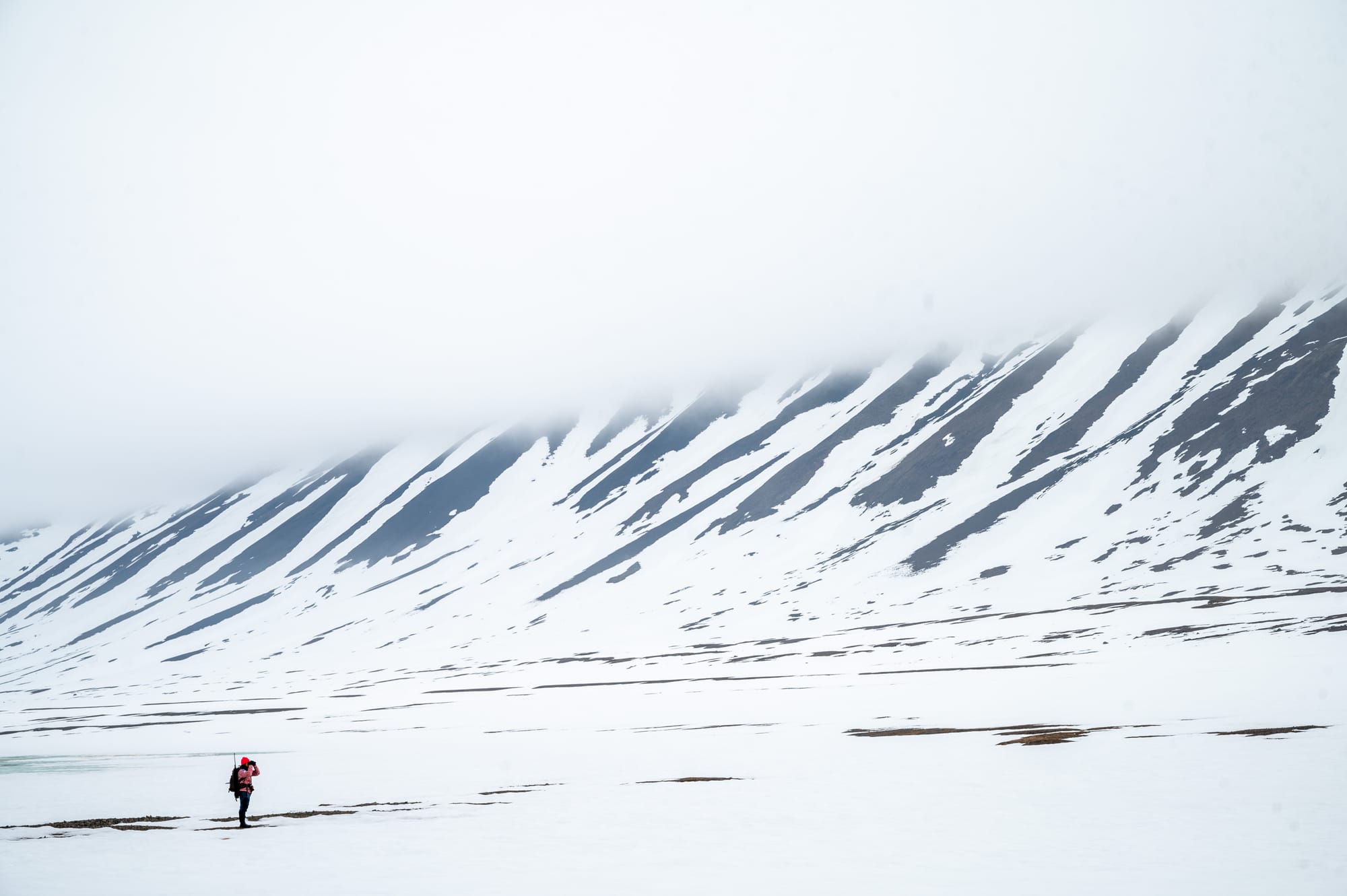
Light and ice collaborate to stun the senses. There are times when sunlight reflects off of pack ice and illuminates the underside of clouds, creating a stripe of light known as ice blink. When the explorer Fridtjof Nansen first saw it, he said, “I felt instinctively that I stood on the threshold of a new world.”
Gretel Ehrlich wrote in This Cold Heaven:
All objects are created in the service of light. They are the obstructions on which light bumps itself into a shaped existence: black-headed seals pop up, then disappear; a duck dives; an iceberg topples. Does ice exist because there is light, or is it the other way around?
Good question.
Member discussion